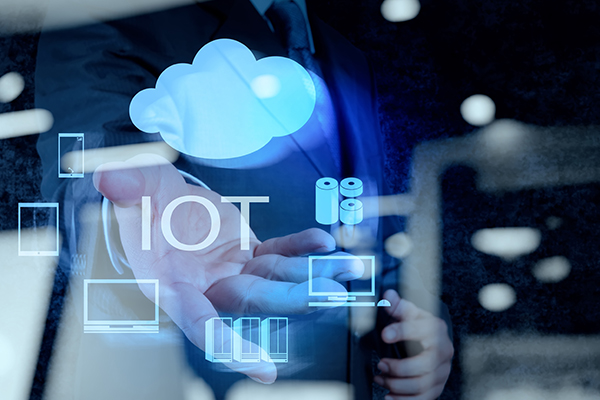The Internet of Things (IoT) is not really a market, it is a catchall term for devices that connect to the internet, sometimes via our smartphones. The whole IoT ecosystem has a cloud backend and networking to get the data there and back, but I don’t consider that part of the IoT market, that is part of infrastructure. And smartphones are part of mobile.

It remains to be seen which IoT devices really take off in interesting volumes. Today we have:
- Fitness monitors like FitBit
- Watches like Pebble and the Apple Watch
- Thermostats like Nest
- Cameras like GoPro
- Radio-controlled drones, mostly for recreational use (I don’t think we count a Predator as being an IoT device)

The other really important interface is CSI, the Camera Standard Interface, actually MIPI’s CSI-2 and CSI-3. This allows an image sensor to be connected to the application processor. There is also a Display Standard Interface, DSI, although this will probably be less important since only a few IoT devices are likely to have true displays.
I believe that most IoT devices are not going to contain dedicated SoCs, by which I mean an SoC designed just for that one IoT device. I haven’t seen all the teardowns but I think only the Apple Watch has its own SoC of the devices I listed above. The other devices all contain general-purpose SoCs with a microcontroller and on-board memory, and perhaps wireless interfaces such as Bluetooth. For example, the fitness monitor torn down at DesignCon contained an Ambiq Apollo MCU with 512KB RAM, along with a Dialog Semiconductor Bluetooth chip. The key point is that neither of these components were created specially for this fitness monitor. There are two problems with designing a dedicated SoC, money and time. An SoC is an expensive thing to design, but in the early stage of a market the important thing is to get to market and see what the customer wants and then iterate. “Throw mud against the wall and see what sticks,” as the saying goes. Of course if high-volume markets appear, then it may well make sense to design a dedicated SoC. Although the up-front costs are high, the unit costs are very low.
I think that the big challenge in IoT is going to be security. The problem is that encryption is a power hog. It is hard to have the extreme battery life that everyone wants at the same time as having secure communication that cannot be hacked. It is notable, I think, that the weak link that led to Target having all those credit cards stolen was nothing to do with their financial systems but was a controller in their air-conditioning system. There are plenty of stories of being able to inject malicious code into a Fitbit through the Bluetooth link. Of course having your Fitbit hacked is probably not that big of a deal but you probably don’t want someone taking over your thermostat or your refrigerator.
Power for things like encryption can be reduced by building either custom hardware or a specialized cryptographic co-processor. For some IoT devices this will probably be enough. They spend most of their time dormant and only need to power up occasionally to check their sensors and, perhaps, send and receive data up into the cloud.











